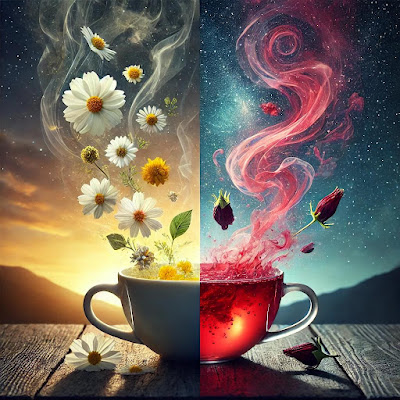Beautiful and Graceful Are the Hibiscus
Hibiscus flowers are so attractive and graceful to look at. They come in many colors and sizes, and can even reach the height of 15 feet.
Some varieties of these wonderful plants are:
Hibiscus Splendens (Malvaceae)
Its corolla is of a beautiful rose color, the lower part of the filaments is pale, the upper rose colored like the corolla. The anthers are dark crimson, and arranged in pyramidal form. Projecting from around which arise five deep red, hairy, round stigmas, of which parts in the expanded flower produce a pleasing effect. Considered the king of all known Australian plants. It thrives well in a mixture of loam and peat, and cuttings will strike readily in sand or mould under a hand glass in heat.
Hibiscus Vesicarius (African Hibiscus)
This is a plant of very easy culture, and should be planted in the spring. It is a showy plant with large petals, of a straw color, the centre a deep rich brown or purple, finely contrasted with the brilliant gold color of the stamens or anthers. The flowers quickly perish, but, to make up for their frailty, it carries on blooming from June to September.
Hibiscus Mutabilis (Changeable Rose)
Has leaves as large as those of the vine. The flower first opens white, from which it changes to rose-color, and finally to purple. This plant is a native of the East Indies, from where the French carried it to their settlements in the West Indies. In the West Indies, all these changes take place in the same day.
It blows in November.
Hibiscus Syriacus
There are several varieties. The double white, double red, double red and white, and striped, are the most showy. They begin to flower late in July, and continue until Autumn. A well known hardy plant and much respected.
Hibiscus Palustris
Is a perennial plant, producing very showy rose-colored flowers, and makes a good appearance in the border, and will thrive in any good garden soil. It is an energetic grower with tough, effective foliage, and is easily propagated by seed. Flowers late in the summer.
Hibiscus Patersonii (Norfolk Island Hibiscus)
A spongy wooded shrub, introduced in 1792, and flowering from June to August.
Hibiscus Incanus
A perennial introduced from Carolina in 1806, and flowering in September.
Hibiscus Aethiopicus
A dwarf wedge leaved Hibiscus. A greenhouse shrub introduced from the Cape of Good Hope in 1774, and flowering in August.
Hibiscus Acerifolius
Maple leaved Hibiscus. A shrub introduced from China in 1798, and flowering from March to June
Hibiscus Heterophyllus
A shrub introduced from New South Wales in 1803, and flowering in August and September. A medium to large shrub with large flowers. Comes in colors of white, pink or yellow with a deep red centre.
Hibiscus Albemoschus
A native of the West Indies, where the French cultivated great quantities of it. The stalks and leaves are very hairy. The flowers come out from the wings of the leaves upon pretty long footstalks which stand erect. They are large, of a sulphur color, with purple bottoms.
Hibiscus Esculentus
Has broad five parted leaves and large yellow flowers, growing up to 6 feet in height. It is a native of the West Indies where it is cultivated in gardens for food. It is the chief ingredient in the celebrated pepper-pot of the West Indies. As a medicine okra is used in all cafes where emollients and lubricants are indicated.
If you would like to know more about Hibiscus, why not visit my site at hibiscus flowers for more information.
Article Source: http://EzineArticles.com/?expert=Carole_Nixon
http://EzineArticles.com/?Beautiful-and-Graceful-Are-the-Hibiscus&id=1888187


Comments